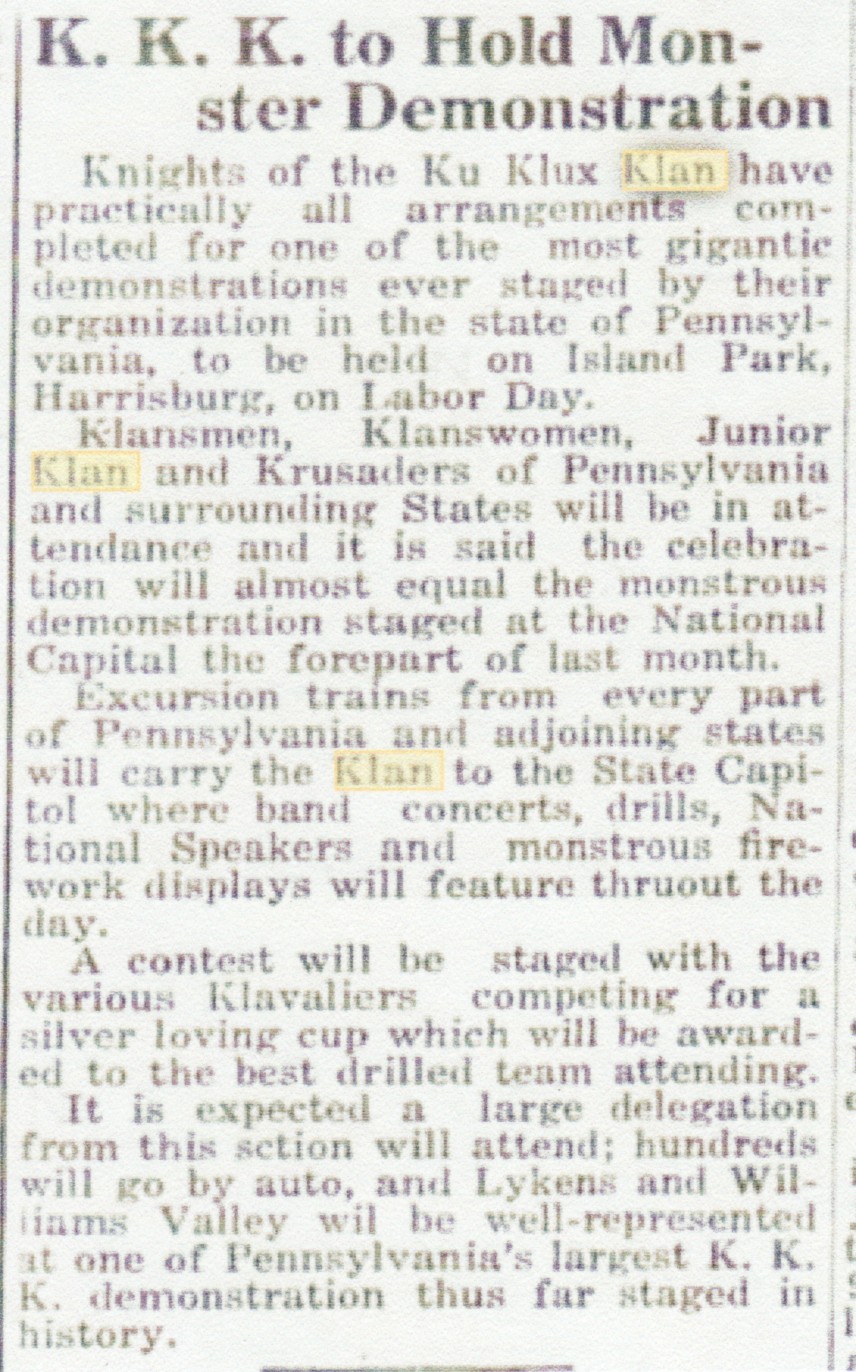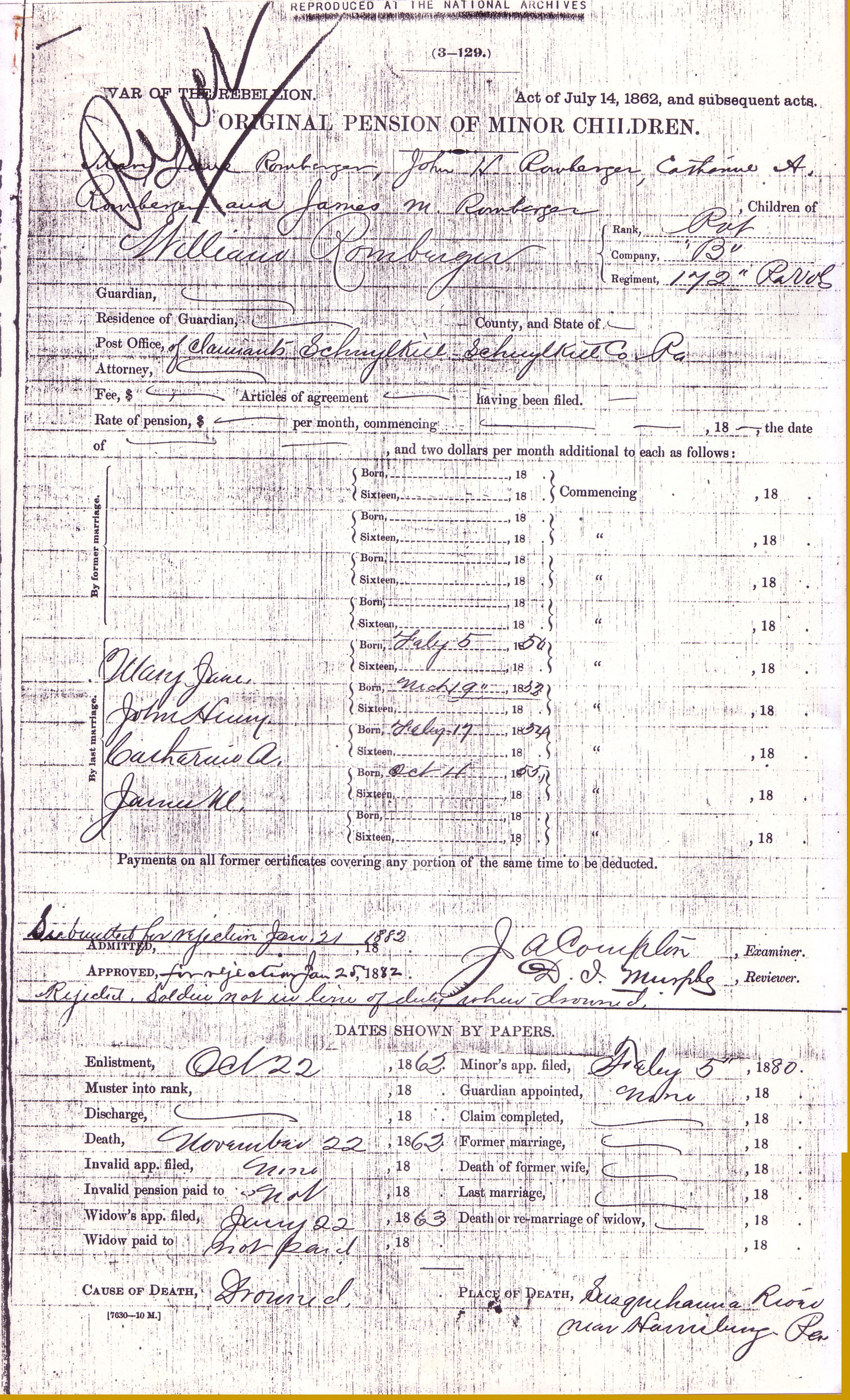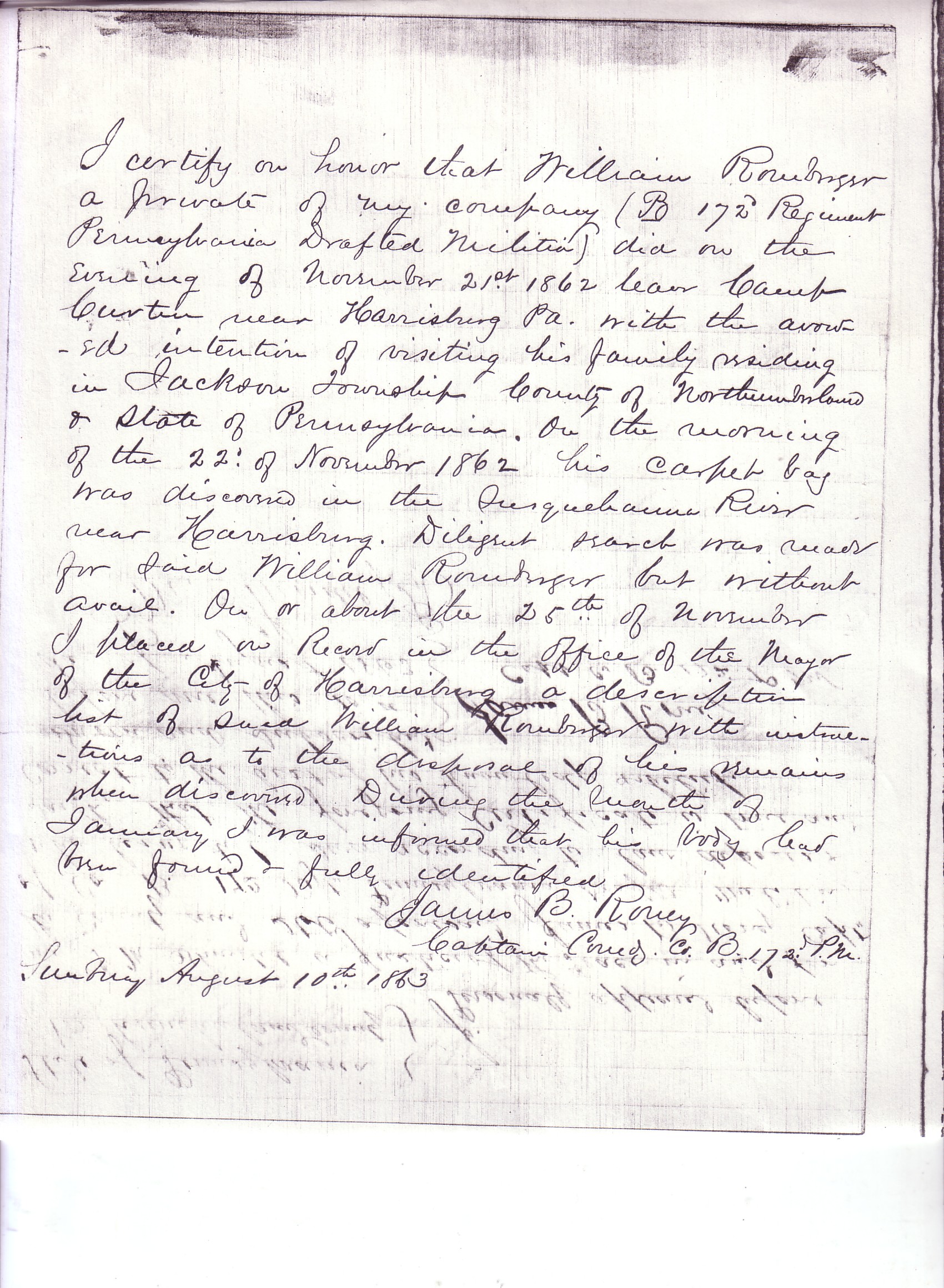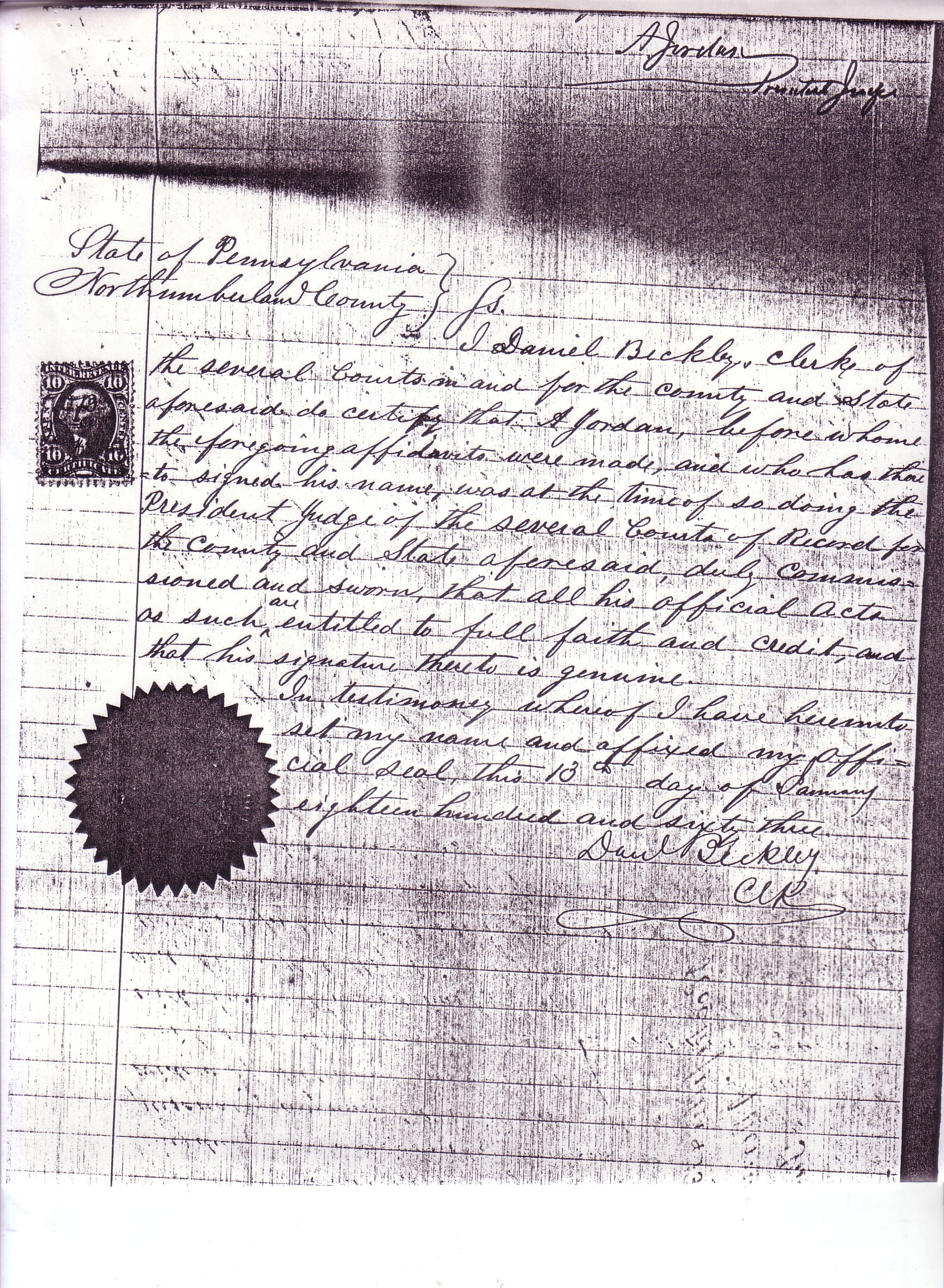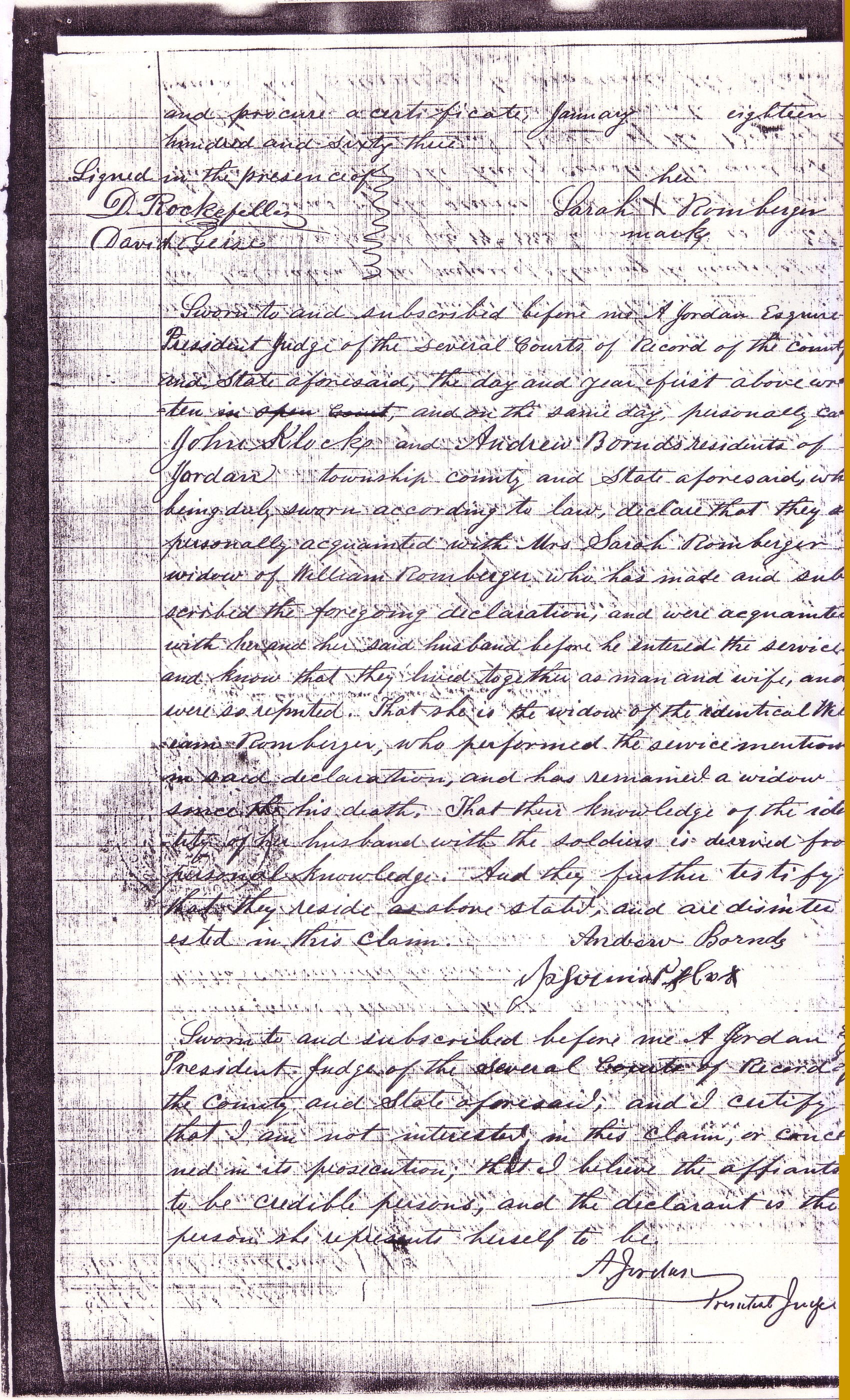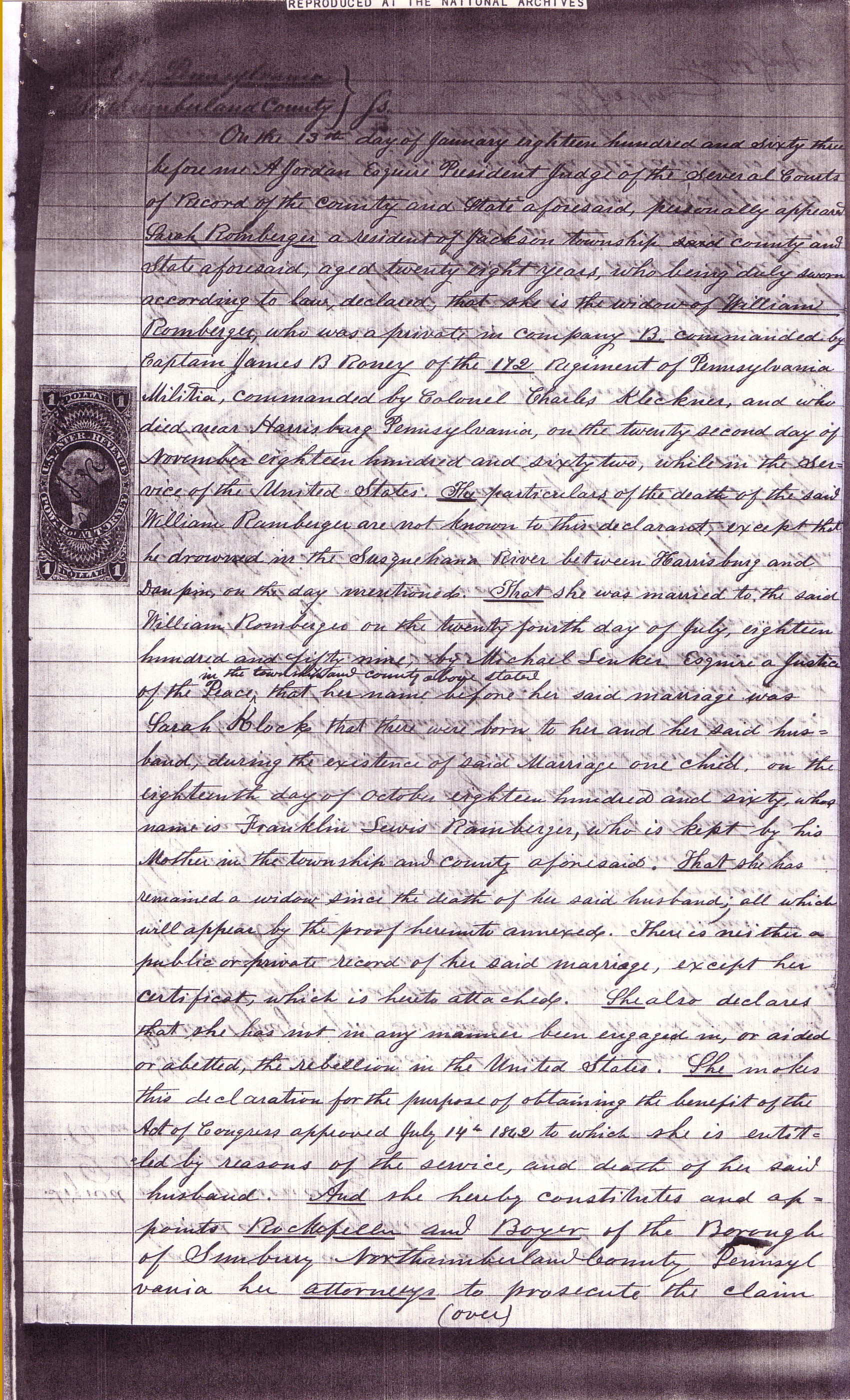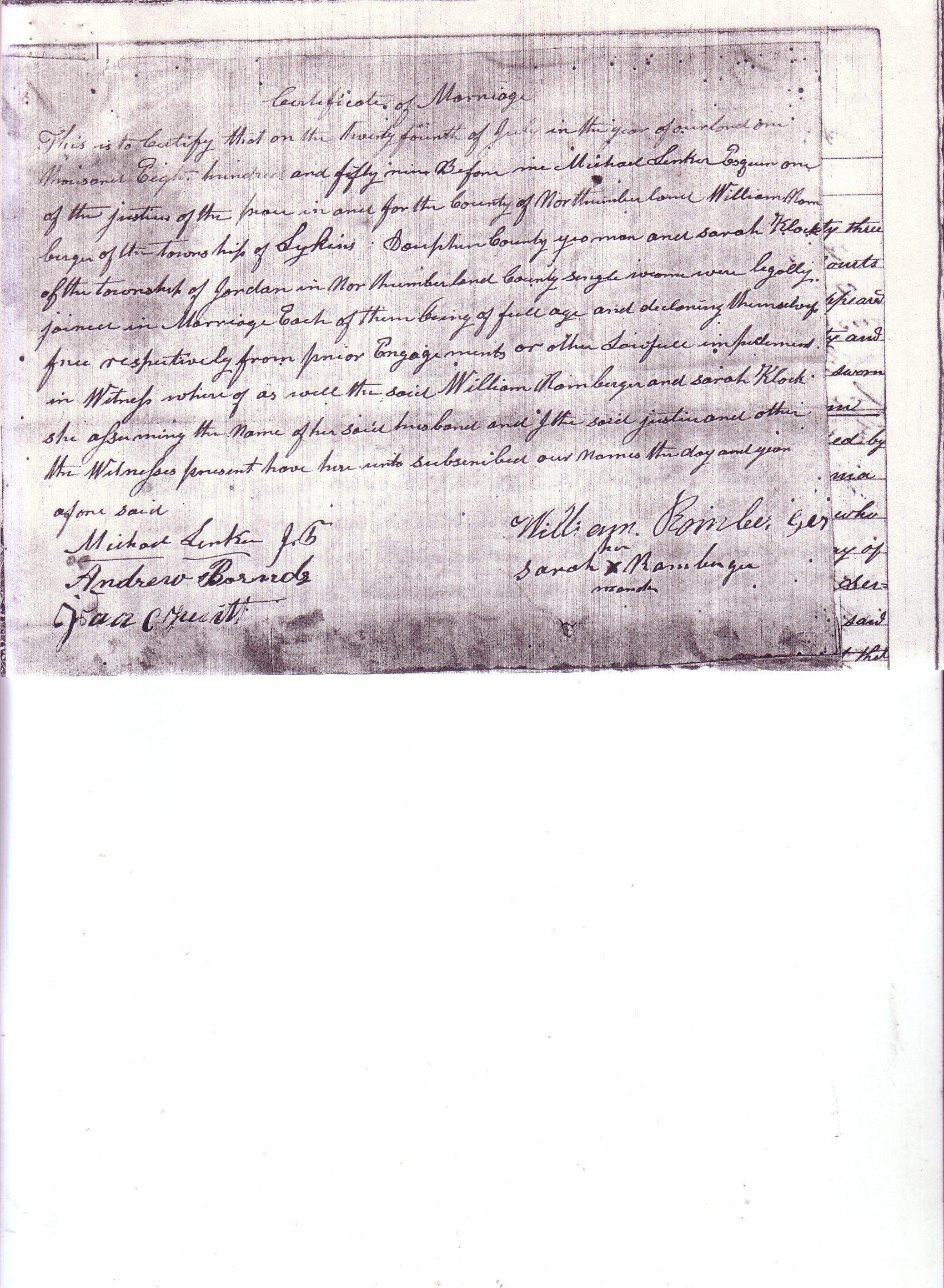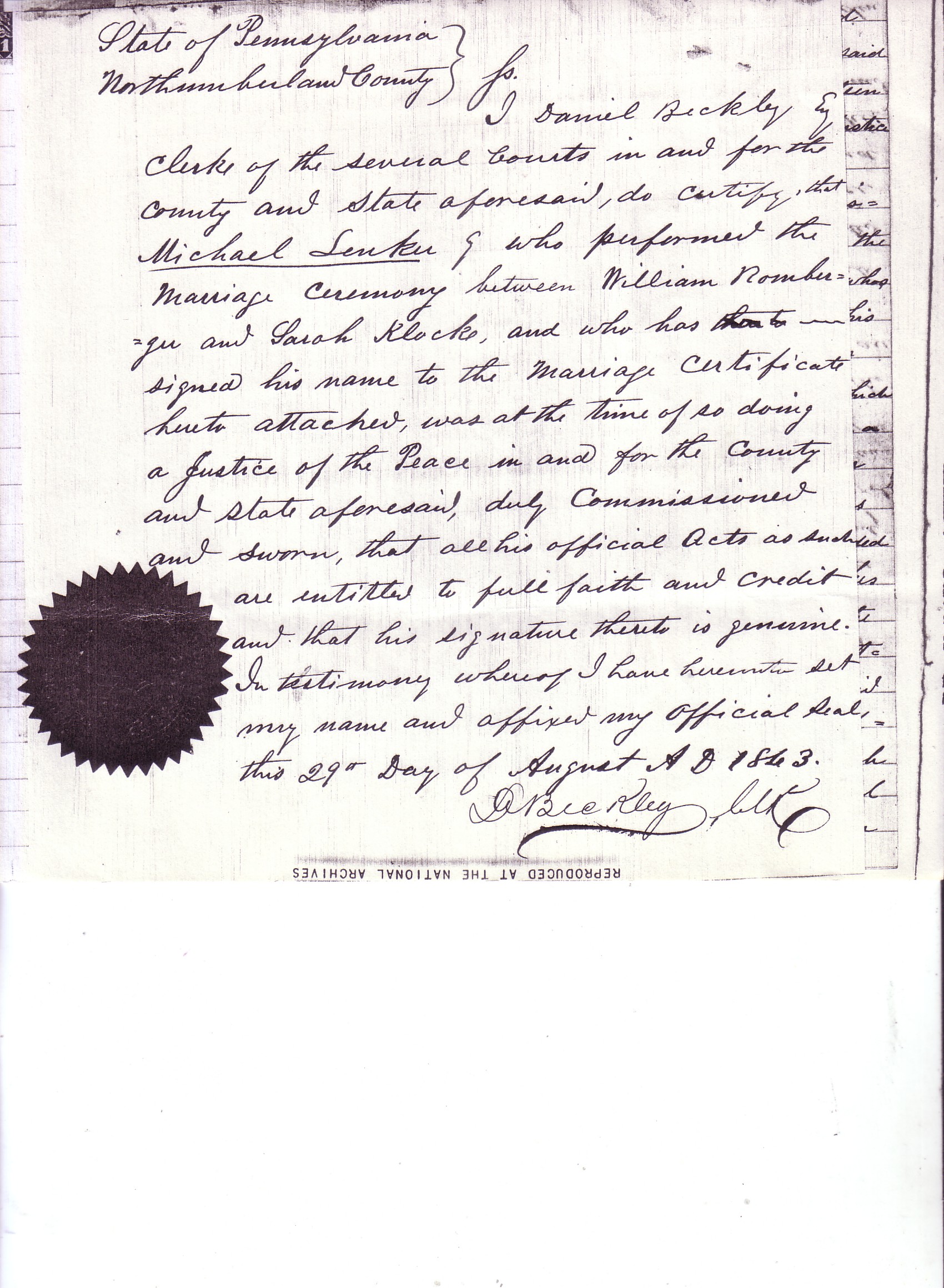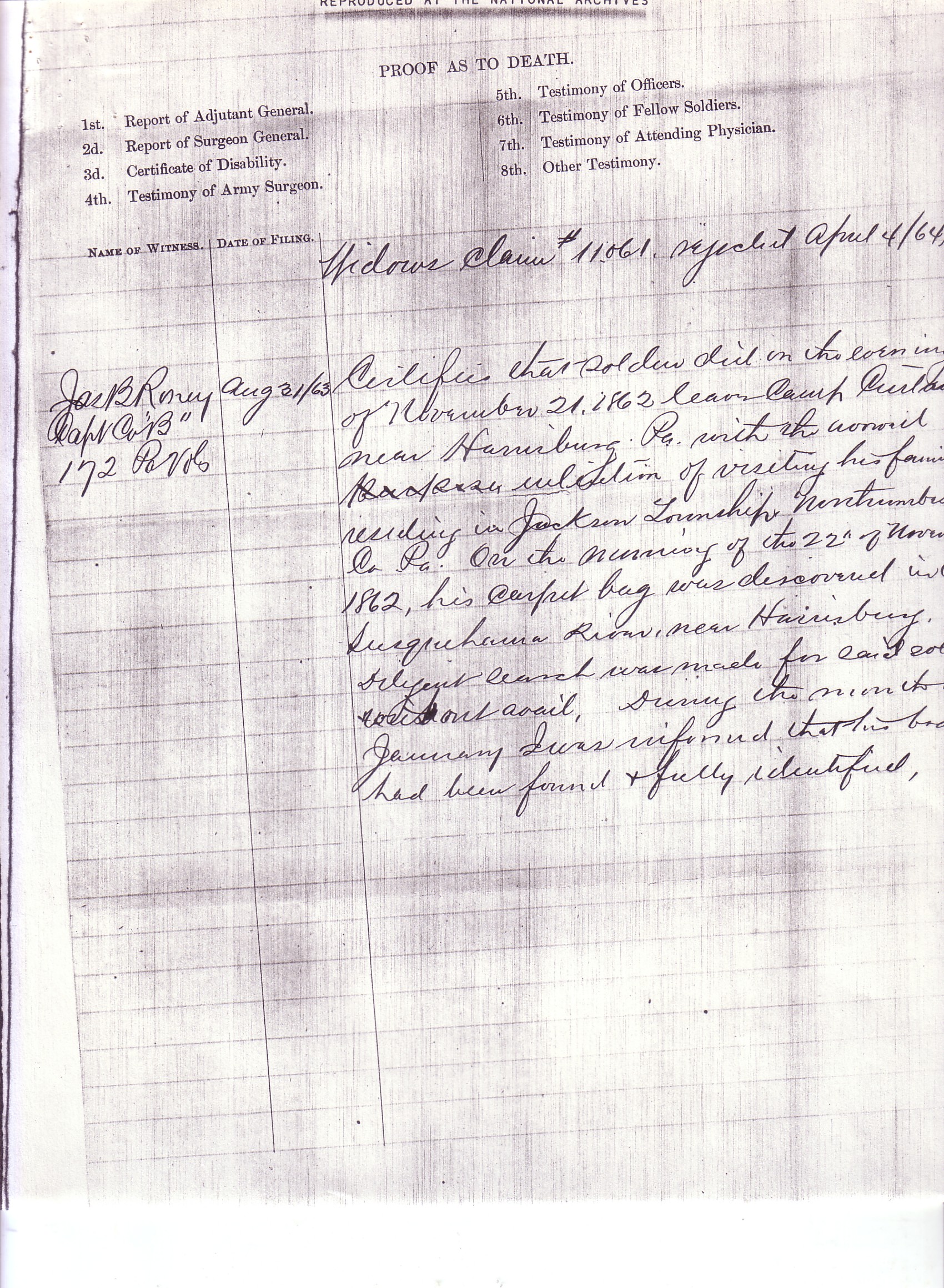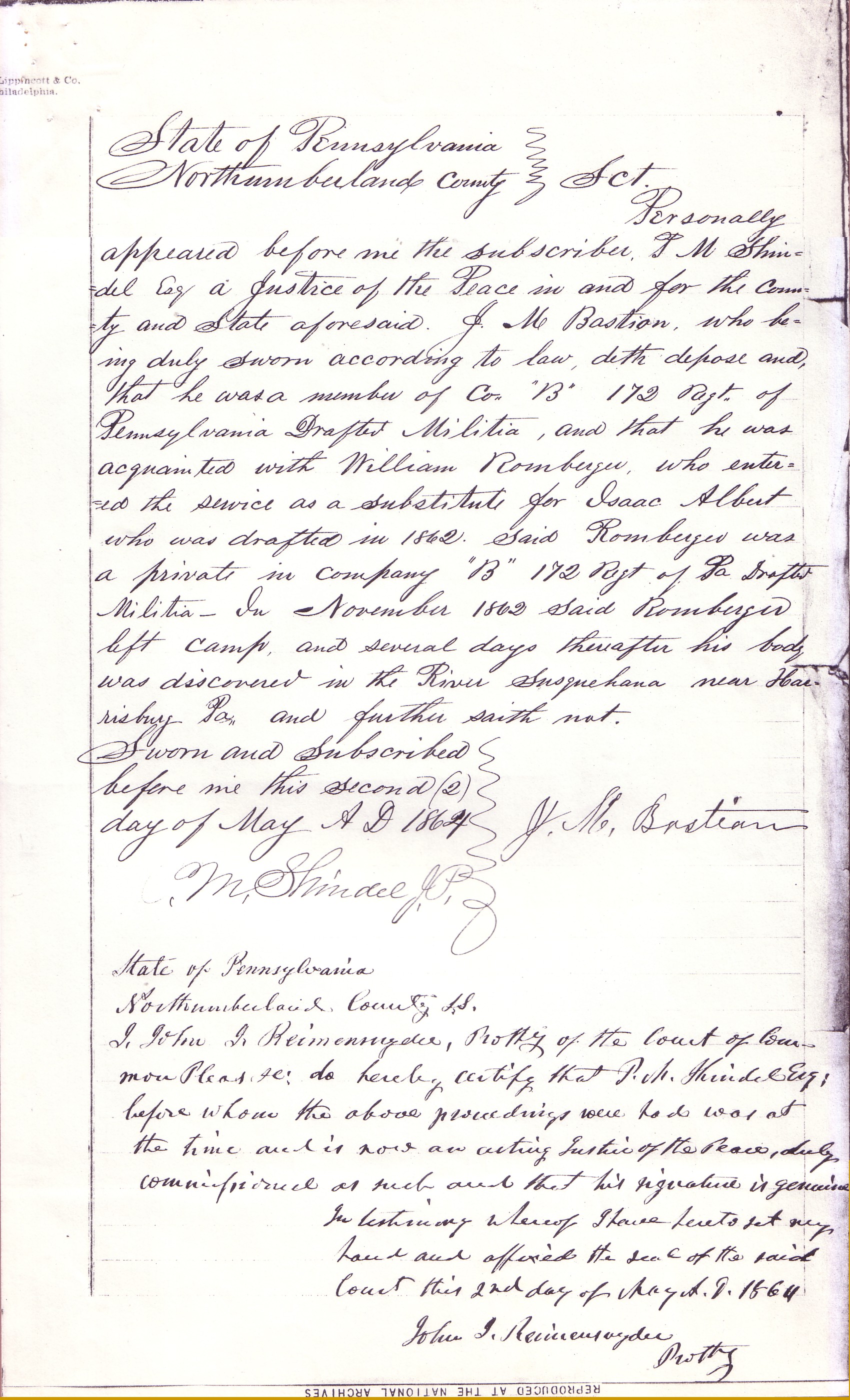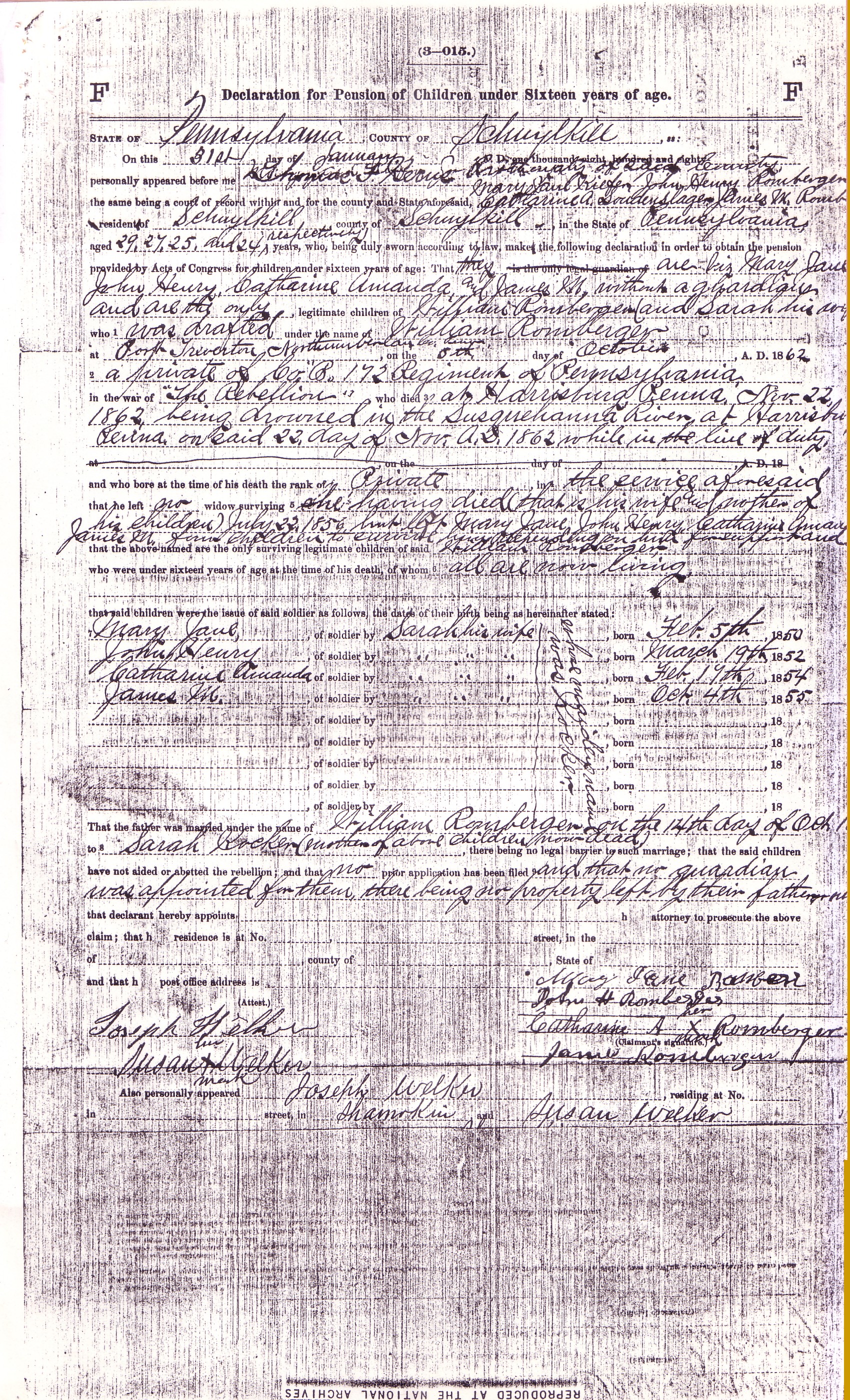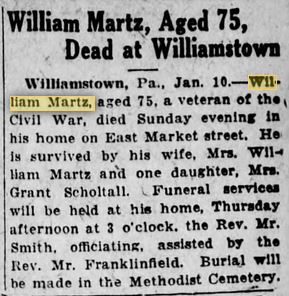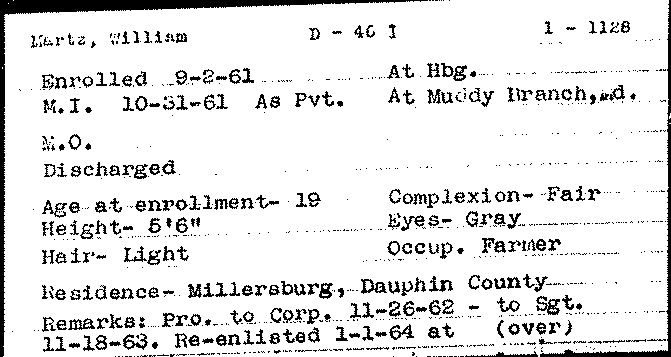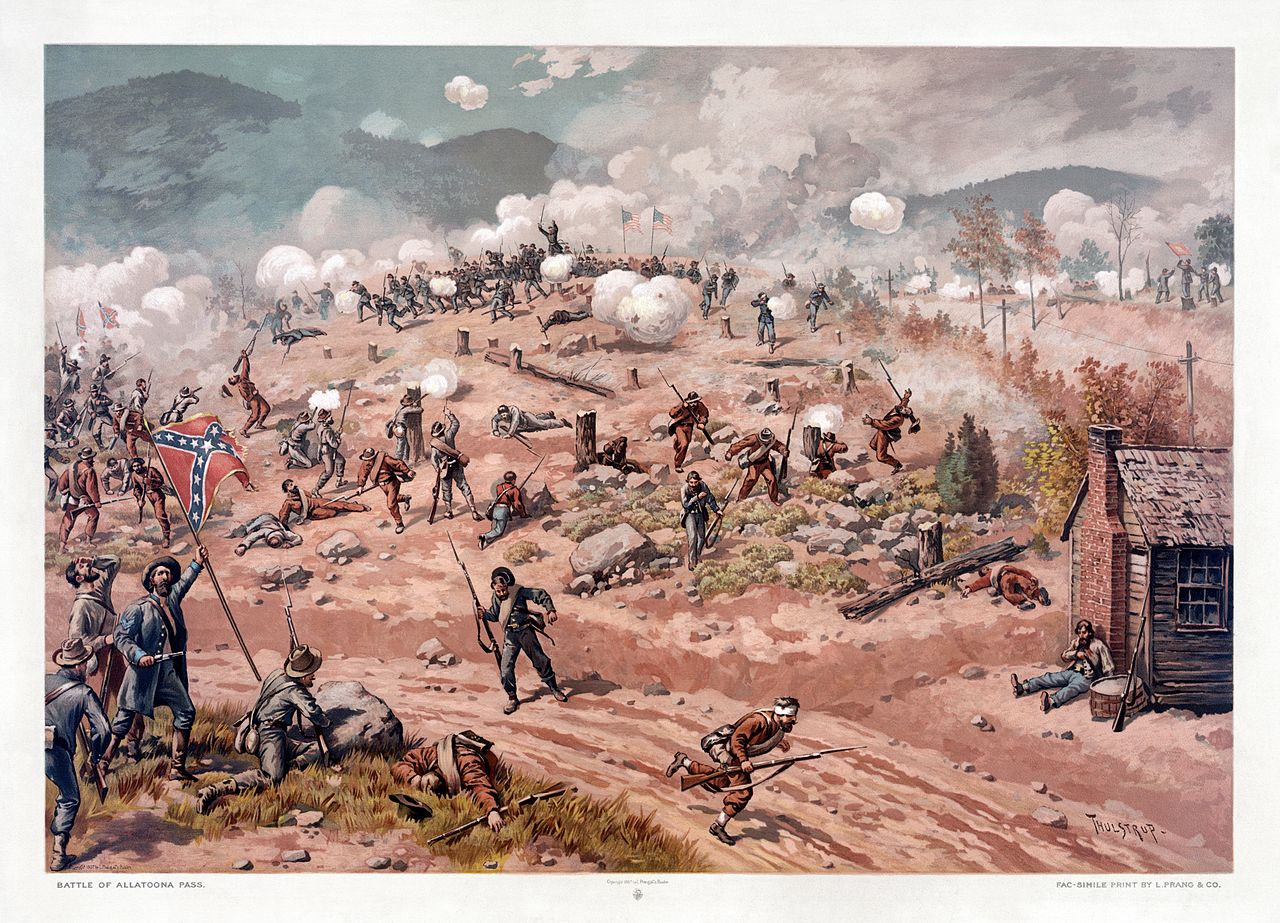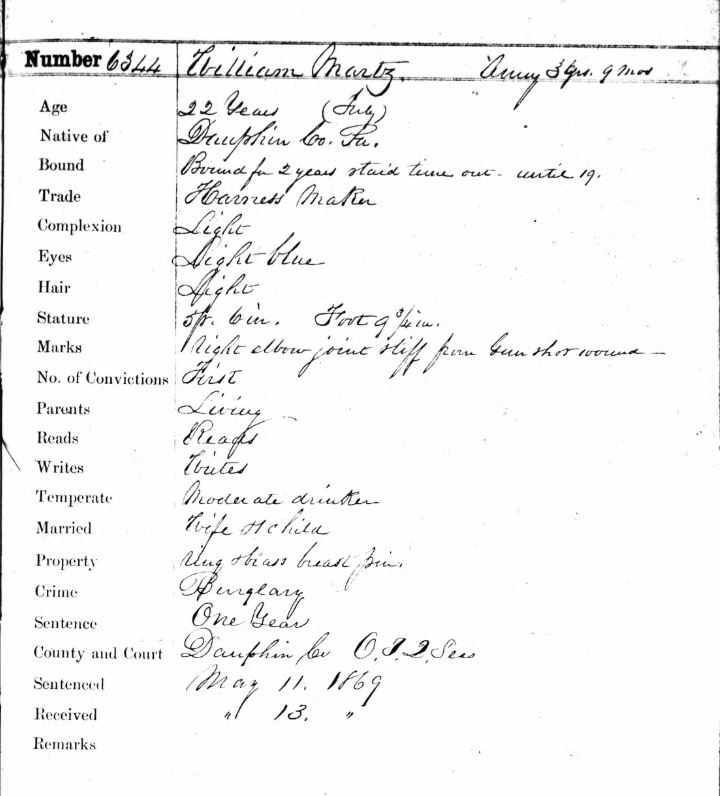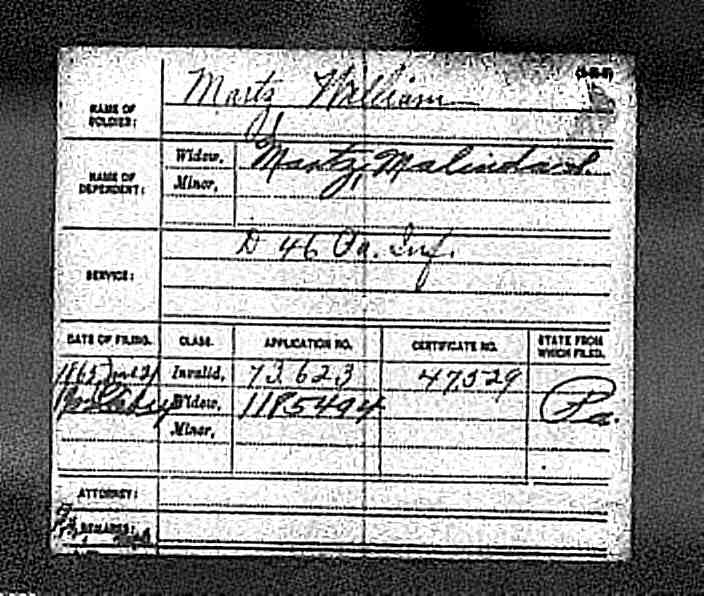Monster Ku Klux Klan Demonstration at Island Park, Harrisburg, 1925
Posted By Norman Gasbarro on February 14, 2018
On Labor Day, 1925, about 30,000 Ku Klux Klan members thronged into the city of Harrisburg for what was described as a the largest Klan demonstration ever held in Central Pennsylvania.
This post is a continuation of the reporting on hate groups that were active in the Lykens Valley area in the years following the Civil War. It was a widely known fact that the third iteration of the Ku Klux Klan had a significant presence in the Lykens Valley and adjacent valleys during the early years of the 20th Century. This third iteration of the Klan was strongly white supremacist and was opposed to equal rights for African Americans, Catholics, Jews, and immigrants.
From the Lykens Standard, 4 September 1925:
K. K. K. to Hold Monster Demonstration
Knights of the Ku Klux Klan have practically all arrangements completed for one of the most gigantic demonstrations ever staged by their organization in the state of Pennsylvania, to be held on Island Park, Harrisburg, on Labor Day.
Klansmen, Klanswomen, Junior Klan, and Krusaders of Pennsylvania and surrounding States will be in attendance and it is said the celebration will almost equal the monstrous demonstration staged at the National Capital the forepart of last month.
Excursion trains from every part of Pennsylvania and adjoining states will carry the Klan to the State Capital where band concerts, drills, National Speakers and monstrous fireworks displays will feature throughout the day.
A contest will be staged with the various Klavaliers competing for a silver loving cup which will be awarded to the best drilled team attending.
It is expected a large delegation from this section will attended; hundreds will go by auto, and Lykens and Williams Vaalley will be well-represented at one of Pennsylvania;s largest K. K. K. demonstration thus far staged in history.
The Harrisburg newspapers covered the event in great detail, often effusing praise on the members of the order for their orderliness and colorfulness. The following description appeared in the Harrisburg Telegraph, 7 September 1925:
Picturesque Street Scenes
Garbed in the habilaments of the Klan, with all the various decorations of the different bodies a part of the major order, thousands of Klansmen and Klanswomen walked about the streets of the city this morning or rode in gaily decorated automobiles, the K. K. K. and cross of the Klan being prominently displayed at every point.
Color schemes of red, black and white predominated with the cross of the Klan stamped on every white robe, over the heart, and the colored hoods indicative of higher rank lending a clerical aspect to the costume.
Huge motor busses, filled to overflowing with Klansmen and their wives, reached the city from Virginia, Maryland, the District of Columbia, New York, and New Jersey. The railroads brought their quota of marchers, who debouched from the station to cover the city. Capitol Hill, the River Park, Market Street, and the Square were crowded all day with the hooded host. One Klansman in full regalia took it upon himself to direct traffic at Front and Market Streets, but he was shortly relieved by Captain of Police Frank Page in favor of a city policeman.
The river bridges, too, presented colorful pictures as their walks were filled with uniformed Klansmen, hiking to and from the island headquarters of the order.
___________________________________________
News clipping from Newspapers.com.
 ;
;
